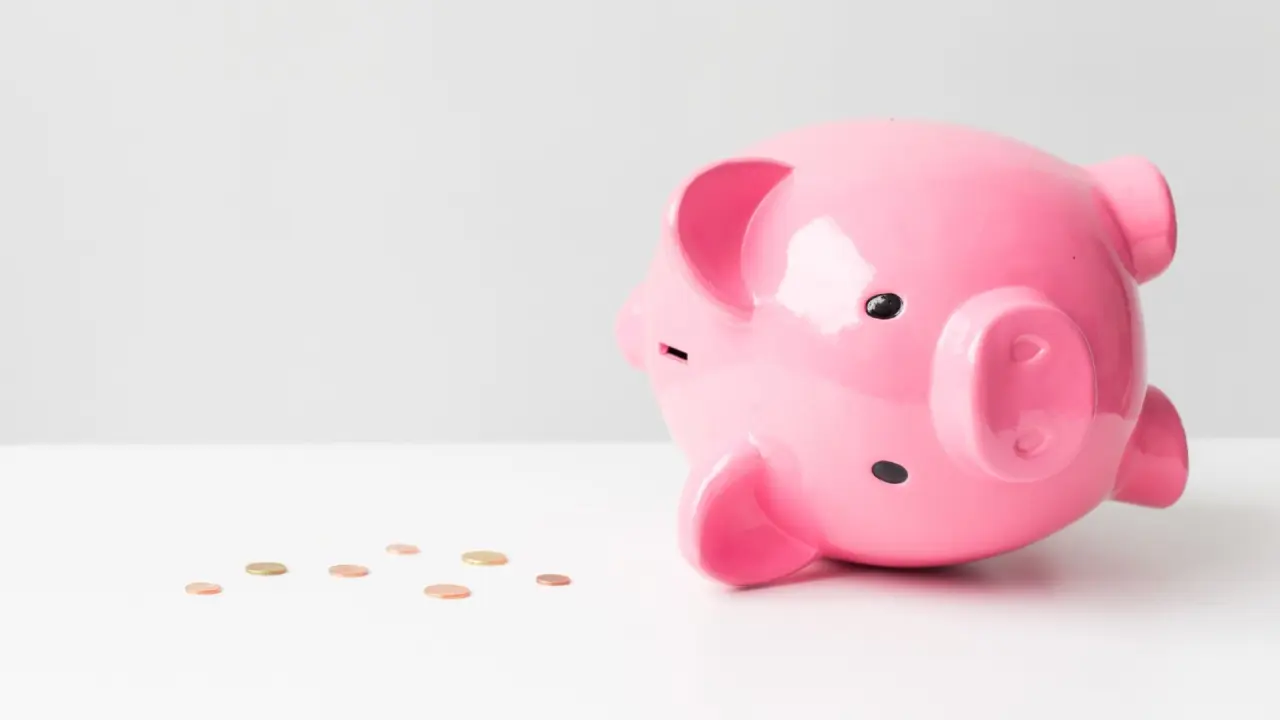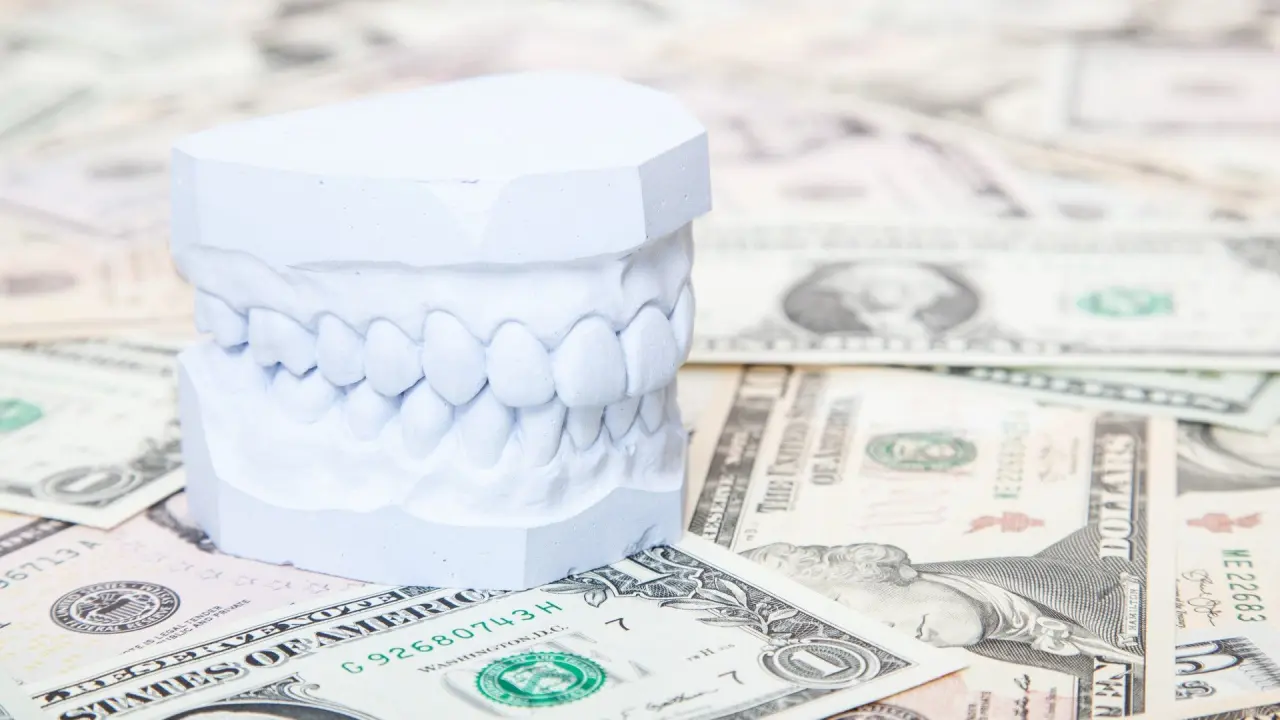
Author: Dr. William J Lossef, DDS | VP of Practice Transitions
Dental Practice Sales During COVID-19
Due to the COVID-19 pandemic, many dental practices have had to completely change the way they do business. Some practices closed for months on end due to government lockdown orders, and others saw significant reductions in patient volume. COVID-19 has also had an effect on the buying and selling of dental practices, especially when it comes to performing due diligence and estimating the fair market value of a business. The following overview provides insight into how COVID-19 has affected dental practice sales throughout the United States. Now that we are two years past reopening of dental practices, we would like to discuss how things are two years later.
Changes in Financial Performance

Poor financial performance is one of the most significant consequences of COVID-19 on the dental industry. When practices shut down per government orders, they had to cancel a variety of procedures, from routine cleanings to bone grafting for dental implants. For practices that stayed open, it has been difficult to stay profitable. Many patients have canceled their appointments, and dentists have had to spend extra money sanitizing their offices and buying personal protective equipment to prevent the spread of SARS-CoV-2.
In Massachusetts, 10.5% of dentists surveyed by the American Dental Association reported that their practices were closed and not seeing any patients as of the week of December 13, 2021. Dentists in every state also reported that their practices were open but seeing lower patient volumes than usual, from 9.1% in Idaho to 61.5% in Hawaii.
However, financial information from during the 2020 lockdown is now largely seen as an aberration; that is, 2020 is essentially not factored into the equation for the valuation of a practice. If the practice recovered in 2021 to where it was in 2019, then it still has the same value. If however the practice is doing better or worse than 2019, then the value will be based primarily on 2021 financial information.
Practice Value

One practice’s loss is another’s gain, of course. Closed offices means more patients for offices that reopened. That said, some practices have lower patient volumes, which translates into less revenue for dental practices, resulting in lower sales prices. Average annual earnings and annual net receipts are two of the most common methods of estimating the value of a dental practice. If revenue is lower than usual, the estimates of value derived from these methods will also be lower, all other factors being equal.
Net income is of course the most important factor in determining practice value. COVID-19 has affected operating expenses causing dentists to have increased expenses in many circumstances. Some had enough increased revenues that offset higher expenses and are more valuable now than they were in 2019.
Annual Net Earnings

Under the annual net earnings method, a valuation firm typically multiplies the annual net earnings of a practice by a factor of 150% to 200%, possibly less if the practice is located in a sparsely populated area. Net earnings is the amount of money left over after operating expenses and collections. The COVID-19 pandemic has affected net earnings in two key ways.
First, dentists with lower patient volumes are bringing in less revenue. When operating expenses and collections are deducted from that revenue, there's less money left over. Second, COVID-19 has increased operating expenses for some dentists. Purchasing N95 masks, installing air purifiers and taking other steps to prevent the spread of SARS-CoV-2 all cost money. As a result, the amount deducted from gross revenue is greater, leaving less money for net earnings.
Additionally, staff costs have risen in the post-pandemic era. It's harder to find staff now, and those looking for work typically demand higher wages, thereby often reducing net income and depressing the value of the practice.
Annual Net Receipts

The annual net receipts method averages the practice's net receipts over a period of three years. Then, a valuation firm uses practice sales data to determine what percentage of net receipts the business is worth. Some businesses are worth 50% of their gross receipts while others may be worth as much as 90% of their gross receipts.
In the past, a weighted average of the last three years (leaning towards the previous year and to a lesser extent the two prior years) was used to determine the gross and net of a practice. As the pandemic shutdown has adversely affected the 2020 numbers (and is hopefully a once in a 100 year episode), no one is averaging in 2020 into the value of a practice. Some practices fared better because many dentists around them closed their doors for good. Some practices have still not recovered, with revenues still lagging behind where they were a couple of years ago. Depending on how things were in 2021, a practice could be worth more or less than it was pre-pandemic.
High Levels of Uncertainty

The COVID-19 pandemic has resulted in high levels of uncertainty for both sellers and buyers. Some dentists are wondering if they should cut their losses and sell before the pandemic enters its third year and revenue has a chance to decline even further. Others are wondering when their patients will start to feel comfortable having extensive, non-emergency dental work again.
At the other end of the spectrum are dentists who feel optimistic about the future. They believe it would be unwise to sell now because business is going to pick up again once everyone receives a booster shot and the pandemic starts to fade. These dentists may be afraid to miss out on the potential for rapid growth.
On the buyer side of things, dentists have the same concerns. Some believe that now is a great time to buy an established dental practice because declining revenue and lower patient volumes will force practice owners to sell for less than they would have two or three years ago. Others worry that, if they buy now, revenue will only continue to decline as the pandemic enters its third year.
Interest rates have been rising lately; however, they are still at historically low levels, and banks are still actively lending money to dentists. For those who continue to wait out this inflationary cycle, there’s a substantial risk that rates will only be higher over the next few years. You can lock in low rates over a term of the next 10-15 years now and be in a great position next to others who wait and pay higher rates.
Rising Patient Acquisition Costs

Customer acquisition cost is the cost of attracting a new customer to a business. In the world of dentistry, CAC is also called patient acquisition cost. Several factors influence a dentist's patient acquisition costs, such as how much it costs to advertise the business and how much it costs to pay marketing consultants and other individuals involved in promoting the practice in its service area. Dentists may pay for magazine advertising, television advertising, digital banner ads, social media marketing and more, increasing the total cost of getting a new patient.
Due to a number of factors associated with the COVID-19 pandemic, it costs more to acquire a patient now than it did a few years ago. After a sharp spike in unemployment when the pandemic first started, unemployment fell to 4.2% in November 2021. With fewer people looking for work, dentists and other business owners have to offer higher starting salaries and/or better benefits to attract skilled marketing and sales professionals.
The United States has also been struggling with supply-chain problems, making it difficult for business owners to get some of the materials they need for marketing and other activities. With the inflation rate is currently over 8% in the middle of 2022, it also costs more to purchase many items, increasing the total cost of running a direct mail campaign or setting up a new website.
All of these factors have affected dental practice sales. Dentists selling their practices may have to accept lower offers, leaving them with less money in their pockets after they pay off any mortgages or equipment loans. A dentist who wants to buy a practice now may find a bargain, making it a good time to buy in some markets. However, there is a limited number of great practices for sale; financing options are still favorable; and, with high demand and low inventory, many sellers are getting excellent offers on their practices.
Get Help Buying or Selling a Dental Practice

If you want to sell your dental practice, it's important to get help from professionals who know how to determine the true value of your business. Once you have an estimate of value, you can set a sales price that's high enough to net you a profit but not so high that you won't be able to find a buyer.
If you want to buy a dental practice, a professional can help you determine how much to pay and even help you look for a high-performing practice in your area of interest. Whether you want to buy or sell, the experts at US Dental Practices are ready to support you. Call us at (800) 449-8641 to discuss your options.
